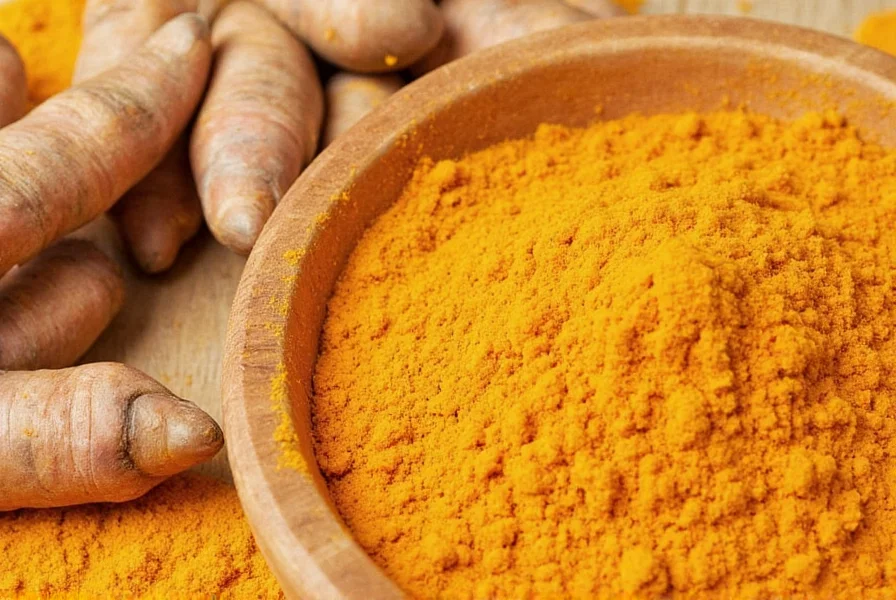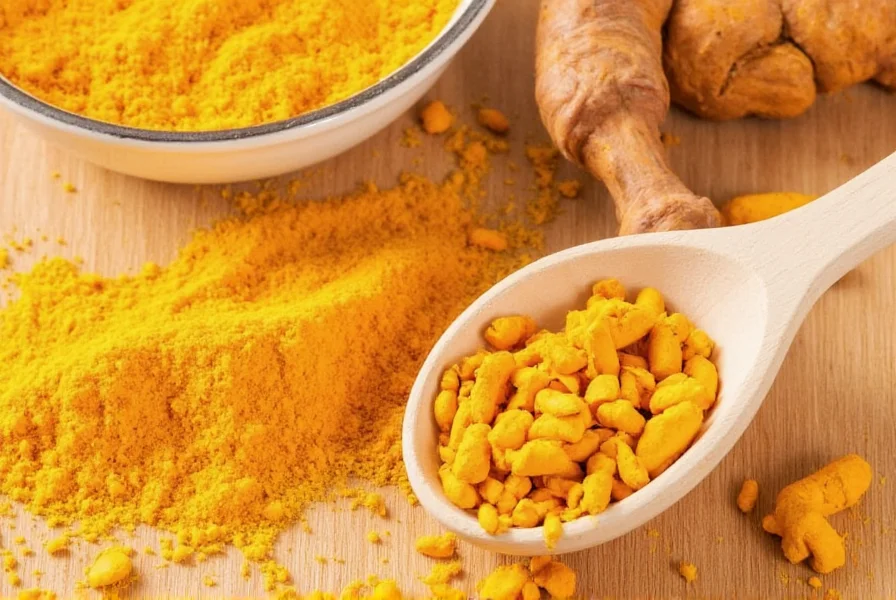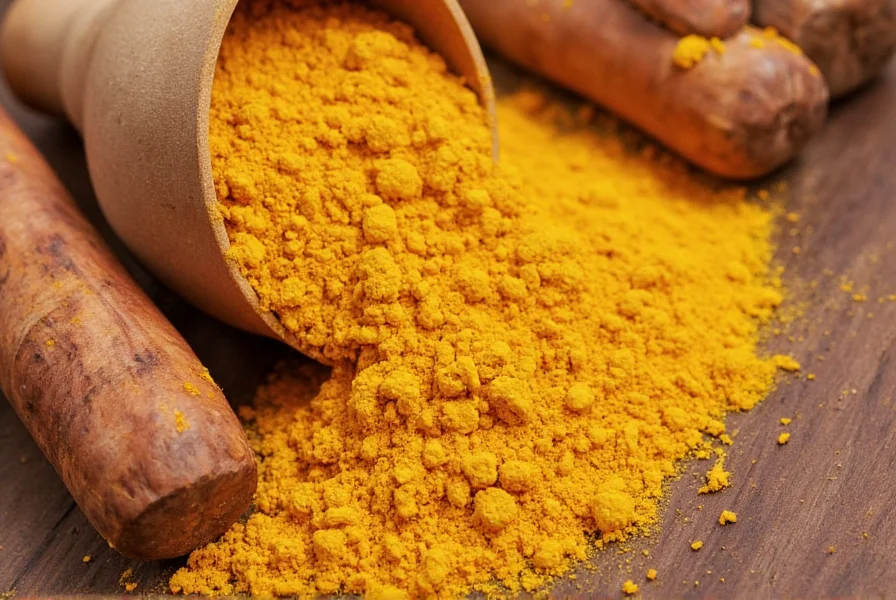Curcumin, the primary active compound in turmeric, offers impressive anti-inflammatory and antioxidant properties. However, its therapeutic potential is limited by poor bioavailability when consumed alone. Scientific studies consistently demonstrate that curcumin has low absorption rates, rapid metabolism, and quick elimination from the body when ingested without enhancers.
Understanding Turmeric Bioavailability Challenges
Turmeric contains only about 2-8% curcumin by weight, and this compound faces significant absorption challenges. Research published in Planta Medica shows that curcumin has extremely low systemic bioavailability due to poor absorption, rapid metabolism, and elimination. Without enhancement strategies, most ingested curcumin passes through the digestive system without providing significant benefits.

Science-Backed Methods for Optimal Turmeric Ingestion
Multiple clinical studies have identified specific methods to dramatically improve curcumin absorption. These evidence-based approaches transform turmeric from a poorly absorbed spice into a potent therapeutic agent.
1. Piperine Combination (Black Pepper)
The most well-documented enhancement method involves combining turmeric with black pepper. A landmark study in Planta Medica (1998) demonstrated that piperine, the active compound in black pepper, increases curcumin bioavailability by 2,000%. Just 20mg of piperine (approximately 1/4 teaspoon of black pepper) significantly enhances absorption and prolongs curcumin's presence in the bloodstream.
2. Healthy Fat Pairing
Curcumin is fat-soluble, meaning it dissolves in fats rather than water. Consuming turmeric with healthy fats like coconut oil, olive oil, or avocado dramatically improves absorption. Research in the Journal of Functional Foods confirms that lipid-based delivery systems increase curcumin bioavailability by facilitating its transport through the intestinal wall.
| Ingestion Method | Absorption Increase | Recommended Ratio |
|---|---|---|
| Turmeric alone | Baseline (1x) | N/A |
| With black pepper | 20x | 1:0.05 (turmeric:pepper) |
| With healthy fats | 7-10x | 1:2 (turmeric:fats) |
| Combined method | 20-30x | 1:0.05:2 (turmeric:pepper:fats) |
3. Heat Application
Gentle heating of turmeric in liquid (below boiling point) can increase curcumin solubility. A study in Food Chemistry found that simmering turmeric in water for 10-15 minutes before consumption improves extractability of curcuminoids. However, prolonged high-heat cooking can degrade beneficial compounds, so moderate heat application is recommended.
4. Different Turmeric Forms Compared
Various turmeric preparations offer different absorption profiles:
- Raw turmeric root: Contains natural oils that aid absorption but has lower curcumin concentration
- Turmeric powder: Concentrated form but requires enhancement for optimal absorption
- Liposomal curcumin: Advanced delivery system showing 50-100x increased bioavailability in clinical trials
- Curcumin-phospholipid complexes: Meriva® and similar formulations demonstrate significantly improved absorption
Optimal Dosage and Timing Considerations
For general wellness, research suggests consuming 500-2,000mg of turmeric root powder daily, which provides approximately 10-80mg of curcumin. When using enhanced methods, lower doses may be equally effective due to improved absorption.
The best time to take turmeric depends on your goals:
- For inflammation reduction: Take with evening meals
- For cognitive benefits: Consume with breakfast
- For joint health: Split doses between morning and evening meals
Safety Considerations and Potential Interactions
Turmeric is generally safe at culinary doses, but higher therapeutic amounts require caution. The European Food Safety Authority established an acceptable daily intake of 0.13mg per pound (0.3mg per kg) of body weight for curcumin. Individuals taking blood thinners, diabetes medications, or with gallbladder issues should consult healthcare providers before regular high-dose turmeric consumption.

Practical Daily Incorporation Strategies
Integrating enhanced turmeric consumption into daily routines doesn't need to be complicated. Here are simple evidence-based approaches:
Golden Milk Recipe for Maximum Benefits
Combine 1 cup unsweetened almond or coconut milk, 1/2 teaspoon turmeric powder, 1/8 teaspoon black pepper, 1/2 teaspoon coconut oil, and a pinch of cinnamon. Warm gently (do not boil) for 5-7 minutes. This preparation leverages multiple absorption-enhancing techniques while providing a delicious daily ritual.
Enhanced Turmeric Smoothie
Add 1/2 teaspoon turmeric powder, 1/8 teaspoon black pepper, 1 tablespoon almond butter (healthy fats), and 1 cup liquid base to your morning smoothie. The combination of fats and piperine creates optimal absorption conditions.
Common Misconceptions About Turmeric Consumption
Several myths persist about turmeric ingestion that can undermine its effectiveness:
- Misconception: More turmeric always equals better results Reality: Without absorption enhancers, excess turmeric provides minimal additional benefit
- Misconception: All turmeric supplements are equally effective Reality: Standardized extracts with bioavailability enhancers outperform basic turmeric capsules
- Misconception: Turmeric works immediately for chronic conditions Reality: Most studies show benefits emerging after 4-8 weeks of consistent consumption
Conclusion: Maximizing Turmeric's Health Potential
The most effective approach to turmeric ingestion combines multiple evidence-based strategies: pairing with black pepper, incorporating healthy fats, and using appropriate preparation methods. This synergistic approach transforms turmeric from a culinary spice into a potent therapeutic agent with significantly enhanced bioavailability. Consistent daily consumption of properly prepared turmeric offers the greatest potential for experiencing its well-documented health benefits.
Frequently Asked Questions
How much black pepper should I use with turmeric for optimal absorption?
Research shows that just 1/4 teaspoon (approximately 20mg) of black pepper per 1-2 teaspoons of turmeric provides optimal absorption enhancement. This small amount of piperine can increase curcumin bioavailability by up to 2,000% without overwhelming the flavor of your turmeric preparation.
Can I take turmeric on an empty stomach for better absorption?
No, taking turmeric on an empty stomach actually reduces absorption and may cause digestive discomfort. Curcumin is fat-soluble, so consuming it with a meal containing healthy fats significantly improves absorption. Studies show that taking turmeric with food, particularly with fats like coconut oil or olive oil, increases bioavailability by 7-10 times compared to taking it on an empty stomach.
How long does it take to feel the benefits of properly absorbed turmeric?
Most clinical studies show measurable benefits emerging after 4-8 weeks of consistent daily consumption of properly prepared turmeric. For inflammation reduction, many people report noticeable improvements within 3-6 weeks. The timeline varies based on individual factors including health status, dosage, and absorption methods used. Consistent daily consumption is key, as curcumin has a relatively short half-life in the bloodstream.
Is fresh turmeric root better than powdered turmeric?
Fresh turmeric root contains natural volatile oils that may enhance absorption, but it has lower curcumin concentration (about 3%) compared to powdered turmeric (typically 3-6%). Powdered turmeric offers more concentrated curcumin per serving, but both forms benefit significantly from being combined with black pepper and healthy fats. For maximum benefits, either form works well when properly prepared with absorption enhancers.
Can I use white pepper instead of black pepper for turmeric absorption?
No, white pepper does not provide the same absorption benefits as black pepper. The key compound for enhancing turmeric absorption is piperine, which is present in significantly higher concentrations in black pepper (5-9%) compared to white pepper (1-2%). Research specifically demonstrates piperine's effectiveness at increasing curcumin bioavailability, making black pepper the preferred choice for optimal turmeric ingestion.











 浙公网安备
33010002000092号
浙公网安备
33010002000092号 浙B2-20120091-4
浙B2-20120091-4